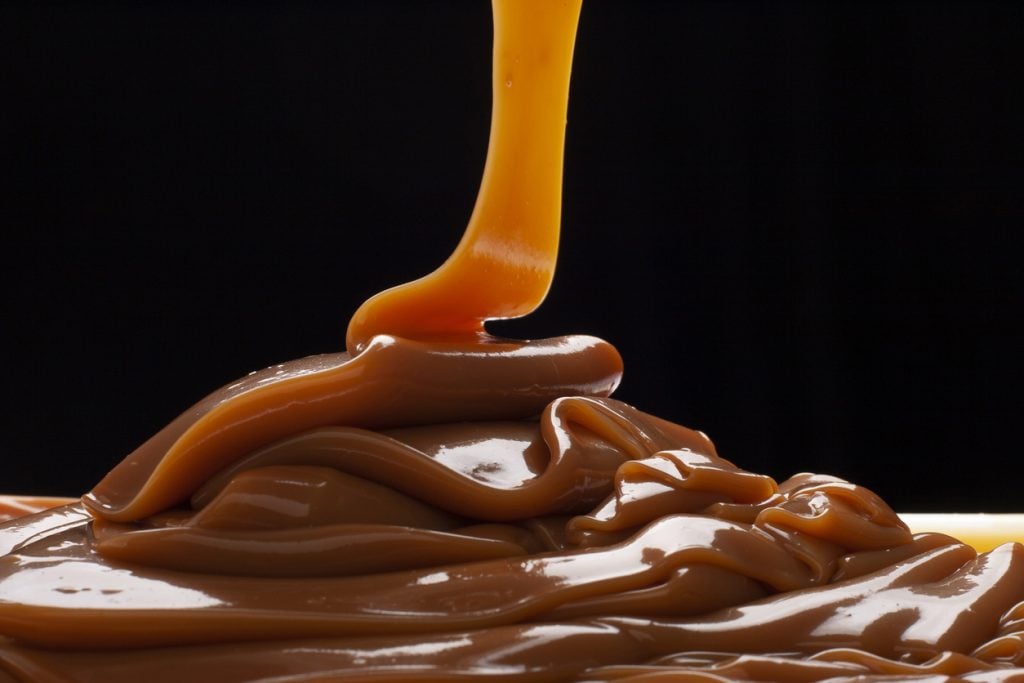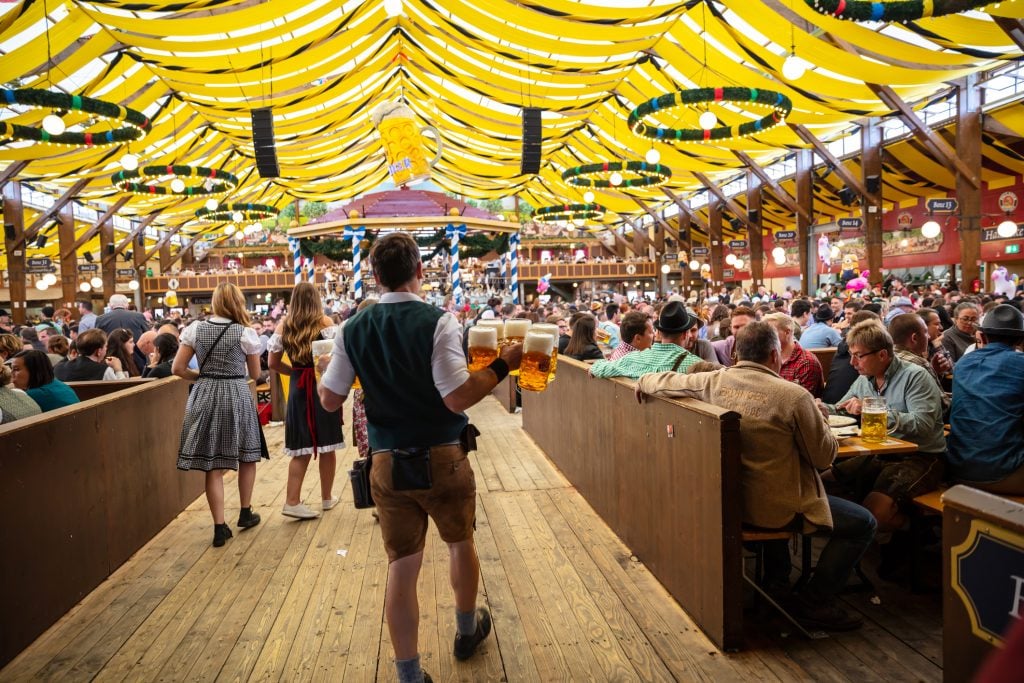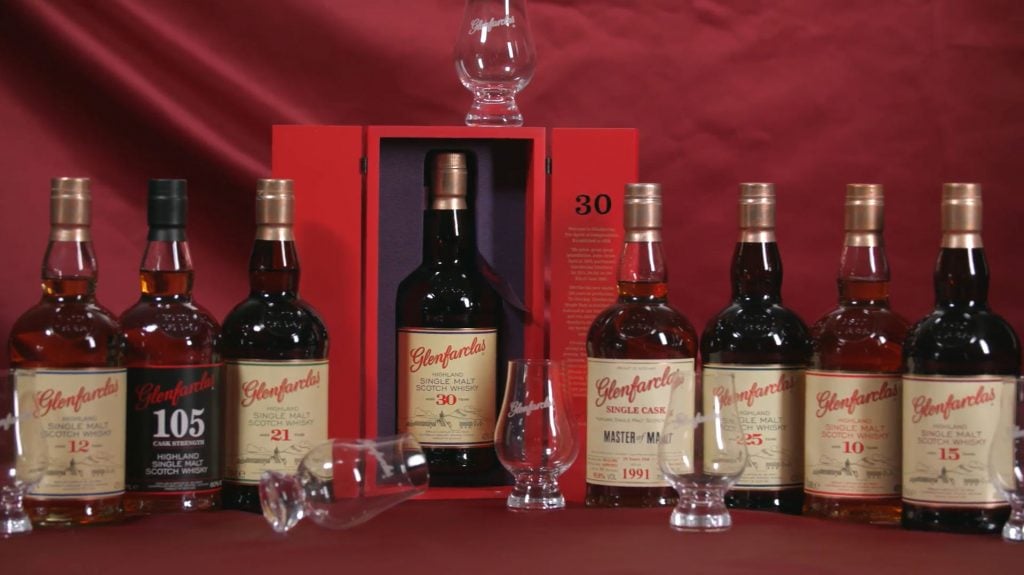


Yes, many Scotch whisky brands use artificial colouring. It’s not possible to put an exact number on how many distilleries and brands do this, but it’s fair to say it’s a lot.
That’s because colouring whisky is pretty standard practice in whisky production across the world.
If you want to know about artificial colouring in whisky, then read a book or something. No, wait! We’ve just remembered, this blog has all the info you need. Read on…
A caramel colouring, known as E150a. It’s used across the industry, not just in Scotch.
Commonly known as plain caramel or caramel colour, E150a is a food colouring made by heating carbohydrates from various sources, like sugar (sucrose), glucose syrups, or molasses. It is found in a broad range of products including soft drinks, sauces, baked goods, and confectionery as well as whisky.

Does your beloved whisky contain caramel colouring?
The primary purpose of using E150a is aesthetic and proponents of it say it doesn’t impact flavour. Particularly given the quantities that are used are so small in each whisky.
This is disputed by critics of caramel colouring, however, who think it dulls the natural flavour of the whisky and adds a bitter note, which can also undermine the texture.
That’s not to say you’d taste a whisky with E150a and think it comparable to a Galaxy Caramel. But some tests have demonstrated that people can identify caramel in whisky from a lineup of otherwise identical drams.
We did a small experiment on our blog a few years ago and found that only one in ten people could identify a glass with caramel in it. It’s one of those debates that rumbles on in whisky.
We’d like to know if you can taste caramel colouring in whisky and how it affects your drinking experience. Write in.
The main reason is cosmetic, to ensure colour consistency across batches. Consumers expect whisky to be brown and one bottle to look the same as the bottle next to it.
But in Scotch whisky production (and indeed whisky production in general), factors like the type of cask, time spent ageing, where in the warehouse the barrel was stored, what temperatures it was exposed to and much more can impact the final colour of the whisky.
Whisky makers try to keep every aspect of the production process identical to create a consistent product, but there will inherently be some nuances and differences.
Since colour can impact whether a consumer buys a bottle and influences their perception of taste and quality, producers reach for the E150a.

The Germans do not stand for all this secrecy nonsense. If you’re using colouring, you ‘fess up.
By and large, no. Under European legislation, E150a can be used without restriction. Scotch whisky, Irish whiskey, English whisky… all can use E150a with impunity.
Not in Germany and Scandinavia, however. They elected to implement a legal requirement to declare caramel content. If you want to know if your whisky has caramel colouring, ask some German friends what their bottles say.
While some people do complain of getting headaches when drinking whisky with colouring in, the use of E150a is regulated by food safety authorities worldwide.
The U.S. Food and Drug Administration (FDA) and European Food Safety Authority (EFSA) have deemed it safe for consumption within specified limits.
A huge variety. Caramel colouring is not only used in big blends but also in single malts.
It’s also used in American whiskies, but E150a is NOT allowed in bourbon or anything with the word “straight” that pertains to whisky in the States.
Because it can be perceived as deceptive. Particularly if you’re not openly declaring the use of caramel colouring on your bottle.
Colouring could be used to make a whisky look older than it is. People will naturally assume that a darker whisky equals an older one.
There are two sides to this argument, of course. Those who defend its use say that whisky is fundamentally a product and it’s better for our industry that whisky is selling. If colouring helps shift bottles then you can understand how some would find that forgivable. Especially as one of the reasons Scotch whisky became so popular was the ability of the large blending houses to deliver a consistent, quality product to drinkers around the world.
But then we can go in circles because it’s easy to retort to that point that we’re adults, perfectly capable of appreciating minor differences in appearance without automatically thinking authenticity and product integrity have been compromised.
As E150 is an artificial additive; not a part of distillation or maturation, it’s never going to be popular among purists who desire the most authentic product possible.
But if you like the taste of a whisky, then you don’t suddenly need to hate it because there’s some E150a in there. It’s your palate and preference that you should cater to ultimately.

Glenfarclas whisky is bottled without artificial colouring
There are some distilleries and bottlers that don’t use colour in their whisky. This might be a quality control thing, or marketing, or a bit of both. Bottlers like Gordon & MacPhail and Signatory bottles without added colour as standard.
Below are some examples of distilleries that do the same (at the time of writing). This list has been generated in good faith, so if there is a mistake please feel free to point it out and we’ll correct, or if you don’t spot yourself on here write in and we’ll get you added:
The post Do many Scotch whisky brands artificially colour their whisky? appeared first on Master of Malt Blog.